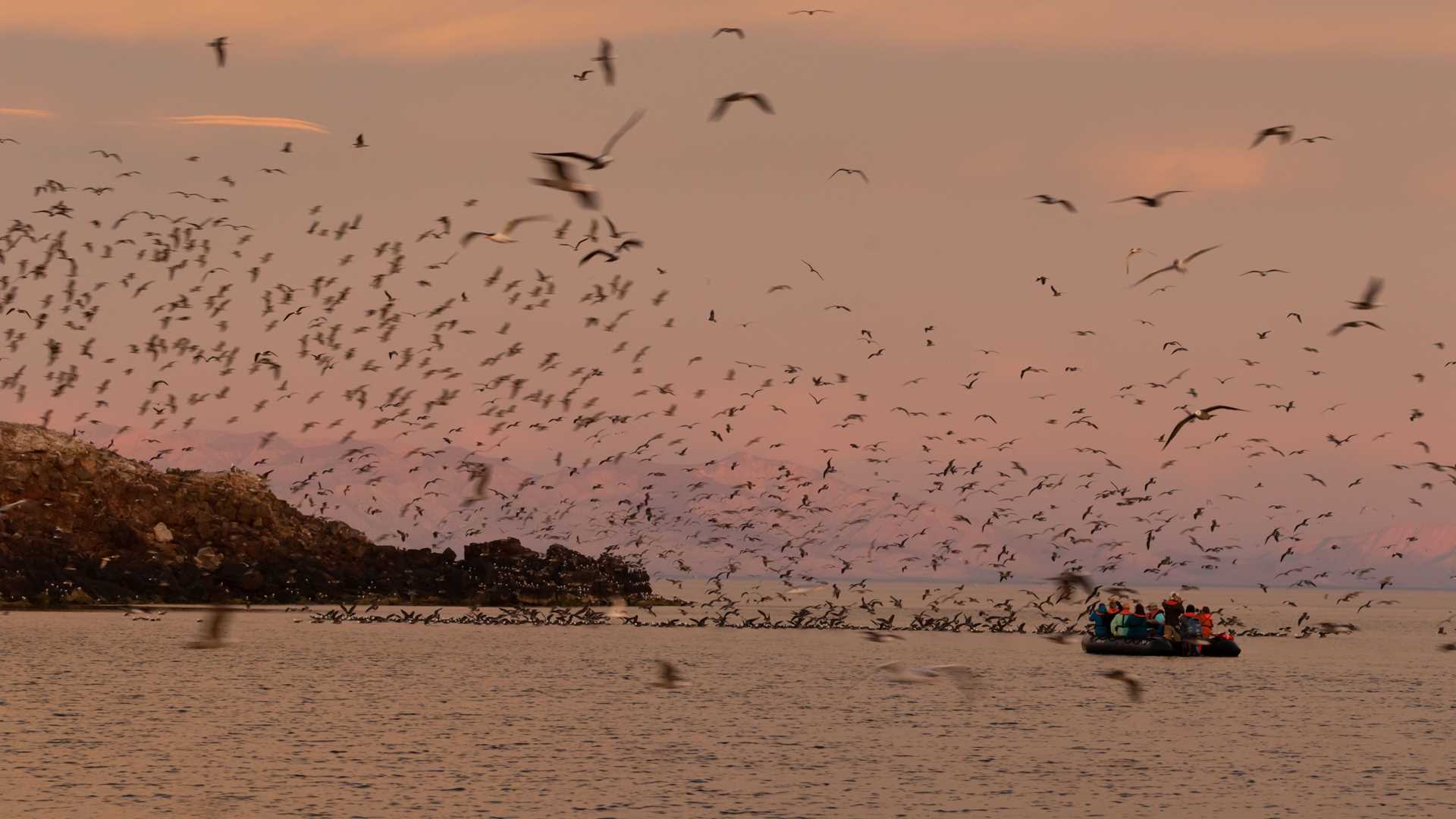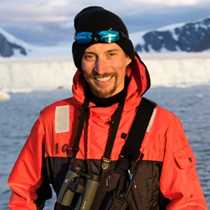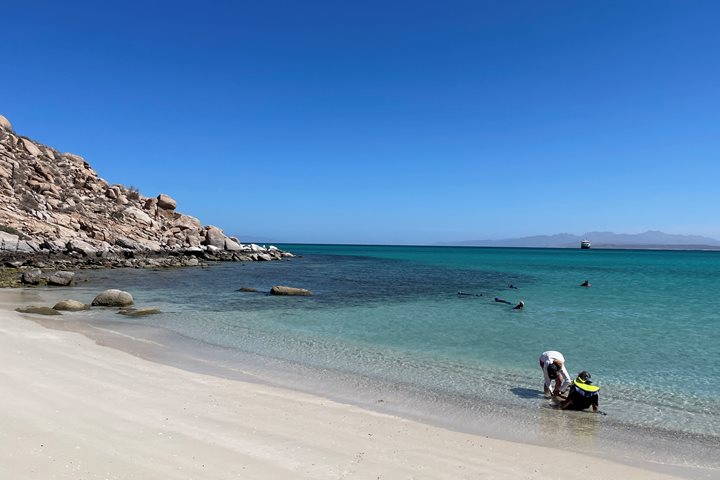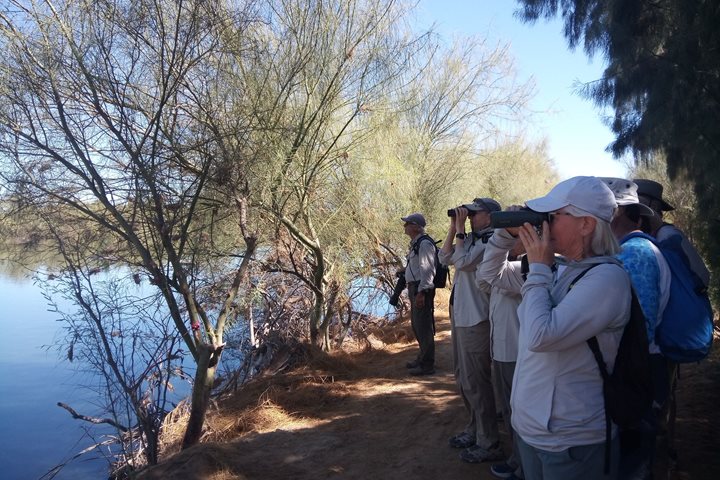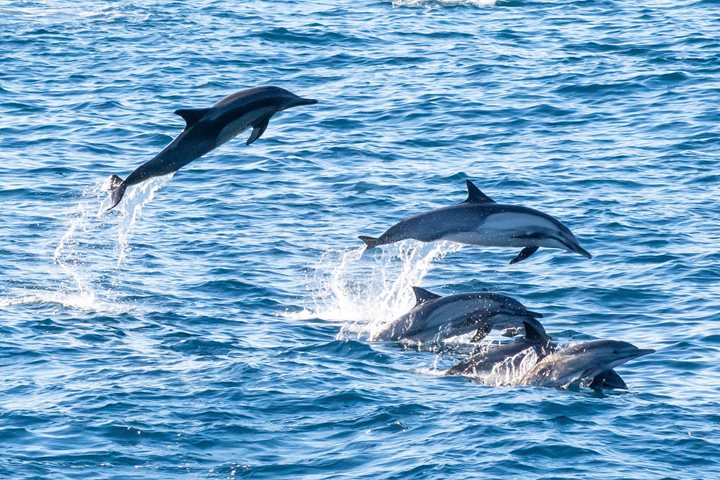We began our excellent morning in the Gulf of California with a sunrise Zodiac cruise at the legendary Isla Rasa in the Midriff Islands. This small island is a bird sanctuary and is home to most of the breeding population of elegant terns and Heermann’s gulls. After breakfast, the folks who had opted to sleep in took their turn with the terns and navigated around the island to enjoy the spectacle of near half a million seabirds in one small area. The afternoon saw us visiting Bahia de Los Angeles for a rendezvous with the local community. We packed into vehicles for a shuttle inland to visit the Boojum trees. A bizarre and fascinating plant, the Boojum is endemic to this small area of Mexico and is related, if distantly, to the ocotillo. Named after a character in a Lewis Carroll poem, we certainly felt like we had entered a certain wonderland.
- Daily Expedition Reports
- 15 Mar 2023
Isla Rasa and Bahia de Los Angeles, 3/15/2023, National Geographic Venture
- Aboard the National Geographic Venture
- Baja California
James Hyde, Undersea Specialist
Pacific Northwest born James Hyde grew up immersed in the Salish Sea, on Vashon Island with Seattle as his backdrop. A passionate traveler from a young age, James explored four continents before finishing his degree at Western Washington University's...
Read MoreShare Report
Baja California: A Remarkable Journey
VIEW ITINERARYRelated Reports
3/14/2025
Read
National Geographic Venture
La Paz
La Paz, the capital city of Baja California Sur, is rich in culture, sights, and beauty. To enjoy our day in this lovely city, we set out for several activities: a tour of the city’s murals and art, a visit to the local eco-park to birdwatch, and a trip to historic El Triunfo. There is much to see in this wonderful region, and we were excited to explore. Our local guide showed us street art and told us stories about the city’s culture. We saw an impressive 47 species of birds on our walk! Lastly, the trip to El Triunfo showed us parts of the rich history of the area.
3/13/2025
Read
National Geographic Venture
San Jose del Cabo
This morning, we visited San Jose del Cabo for a morning of birding, photography, and exploring this lovely town on the southeast coast of Baja. Between the different birding groups, there were over sixty species spotted in the lush estuary on the edge of town. There was also some shopping done during the town visit, and the weather was perfect for both activities! In the afternoon, National Geographic Venture cruised north while looking for wildlife, and we were not disappointed. Humpback whales and a megapod of common dolphins entertained us until the sun was setting and cocktail/recap hour began. It was a great end to a very special day!

